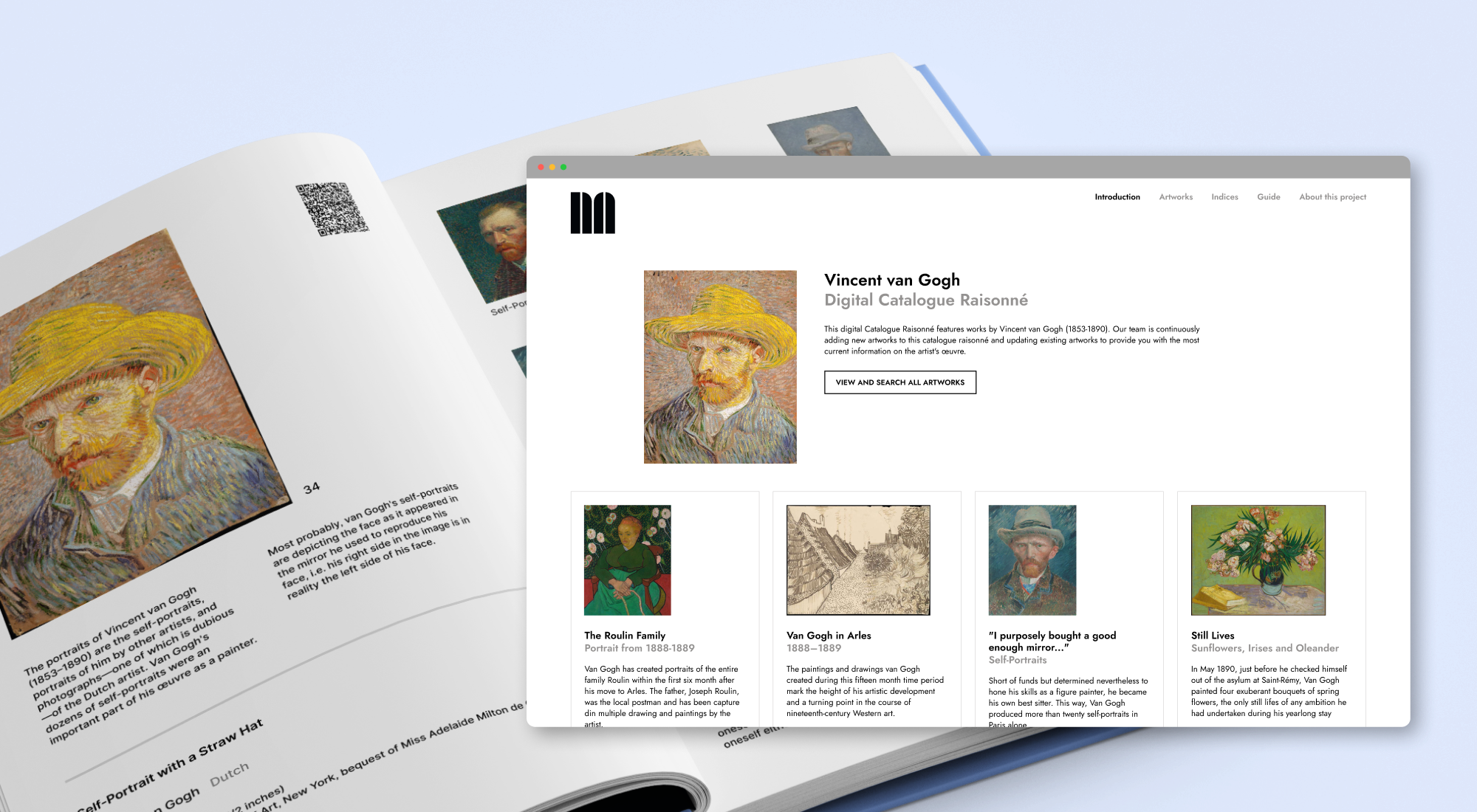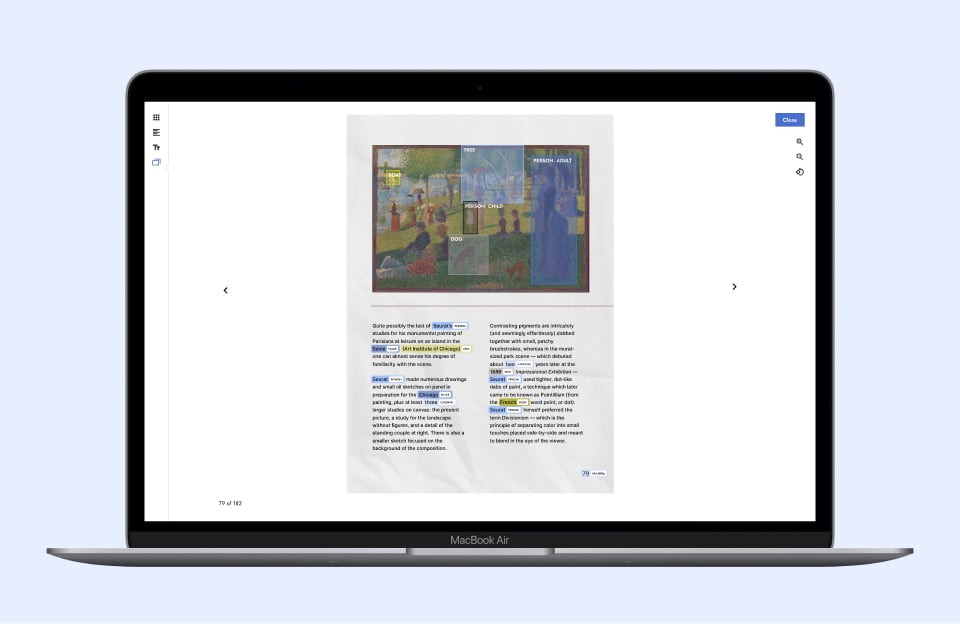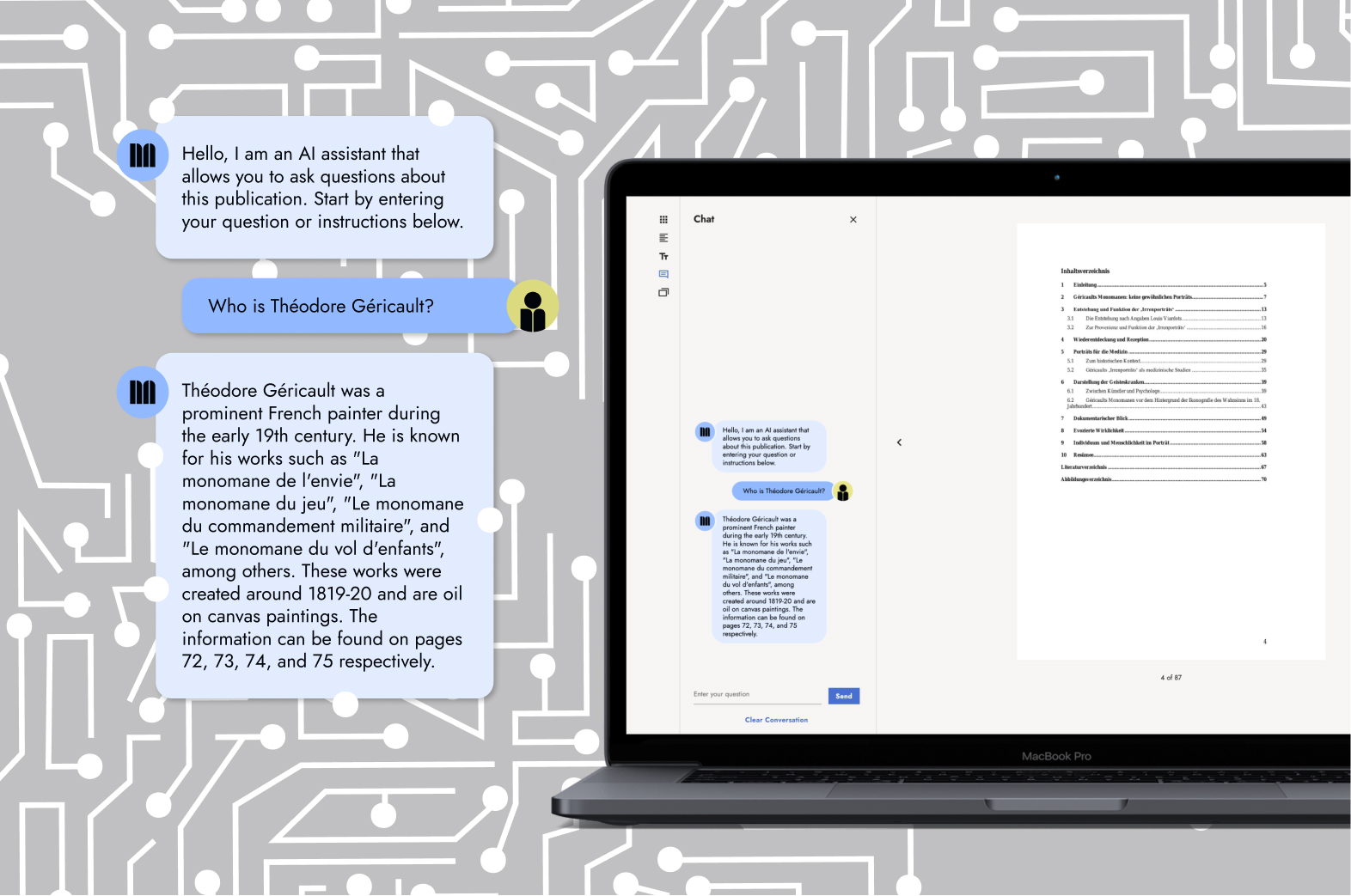How standardization is making museum administration easier
Museum professionals will soon leave the administrative work involved in art loans to software.
When you think of standardization what is the first thing that comes to mind? Maybe lack of individuality or feeling boxed in? What if we told you standardization doesn’t need to mean these things. In fact, it can be a tool for more creative and optimized work.
Standardization is the conforming of certain processes to a common guideline, usually within a particular industry. The goal of standardization is to create a sense of uniformity, ensuring consistency and ease of collaboration. In the museum world this can be especially helpful when it comes to loans. Although every collection is different and the amount of information about individual works varies greatly, there are still opportunities to implement standards to make the process much more smooth and efficient. One such standard is the Exhibition Object Data Exchange Model (EODEM).
How are museum loan transfers done now, and why is an alternative needed?
Loaning objects between museums typically demands a significant amount of repetitive work. The borrowing museum receives a spreadsheet with all the information about the upcoming loan from the lender, and then manually adds all of this information into their database. This system certainly has its merits. It allows high levels of personalization based on individual requirements. However, it also leaves a lot of room for human error. Even the most detail-oriented and proficient typists among us make mistakes on occasion.
Manual data entry also takes a lot of time. A study done in The National Gallery in London estimated a full year every decade can be spent on data entry. This only counts incoming loans. Loan-outs also come with plenty of their own paperwork. So many other tasks need to be done in a museum. It’s a shame to spend such a huge chunk of time on something that can be easily automated.
Surely there must be a better way. That’s where EODEM comes in.
What is EODEM?
EODEM stands for Exhibition Object Data Exchange Model. It is a software framework to automate the administrative work involved in museum loan transfers through standardization. It was developed by ICOM, the International Council of Museums, and the beta version launched in May 2022. Once enough users have tested it the finalized standard will become available. EODEM has the simple but ambitious goal of letting “museum databases export objects’ data from one system at the press of a button, and import the data into another system at the press of a button.” A simple goal, because the concept is as clear as sending an email. But ambitious in the sense that this task has always needed to be taken care of manually.
Why is EODEM the future of museum-loan administration?
EODEM aims to save time, reduce the risk of human error, and improve cooperation between museums. Fewer mistakes would occur, and those that do could be quickly fixed; the database could be updated with the click of a button provided that museums involved are all following the standard. Less mistakes would also lead to better collaboration between museums, as there would be less back and forth discussing such errors. All the while, saving valuable resources that could be better spent elsewhere. The freed-up time could be put to better use, registrars would be able to spend more time on tasks like caring for actual artworks and organizing the logistics of exhibitions. The saved funds could go into acquiring more artwork or spent on marketing efforts. Overall, the benefits of implementing EODEM far outweigh those of sticking to the current situation.
Why is EODEM developing now?
You might wonder why EODEM or something similar hasn’t been implemented sooner. After all, the concept is simple and surely many museum registrars have wished someone (or something) could do their administrative work for them. Differences in databases and recording processes between museums likely halted the development of a solution like EODEM from arriving earlier. It’s difficult to create software capable of dealing with all of these variances, especially without incurring prohibitively high costs. However, various databases and collection management software now exist and that’s why standardization is needed more than ever. If the museum you are loaning to or from stores their information in a completely different way, the benefits of using such a software are almost pointless if you then have to go and make a lot of manual adjustments.
Will implementing EODEM require significant resources?
EODEM gets around being too costly by using a standardized system that doesn’t allow for much personalization. It is still highly effective but the technology is simpler. This simplicity means the information from the database of one museum can be mapped into that of another without doing anything very complicated. Content management vendors will take care of the more technical aspects so for museum professionals it will take no more than a few days to get used to- and what is a few days compared to the full year we talked about in the example earlier?
How can I prepare for EODEM?
If EODEM sounds like something your institution would benefit from, there are a few proactive steps you can take. Firstly, make sure your data is rich, i.e., that you have as much information as possible on all works currently in your collection. The framework will function based on LIDO principles, so if your current database meets the requirements for this, you’re all set. If not, there’s no need to panic, EODEM will take whatever information you have that fits its criteria. It works on the principle that some data is better than no data at all. Secondly, and this is an important one, talk to your collection management tool provider. They need to implement EODEM for you to use it. Make sure they know there is a demand for it. Thirdly, if there are museums you often work closely with, tell them about EODEM as well. Both lender and borrower need to be using the standard to harness its full power.
Navigating.art can help!
Navigating.art is developing a collection management solution as part of the existing platform that will incorporate EODEM to ensure ease of data transfer and standardization. Subscribe to our newsletter so that you don’t miss important platform updates.


